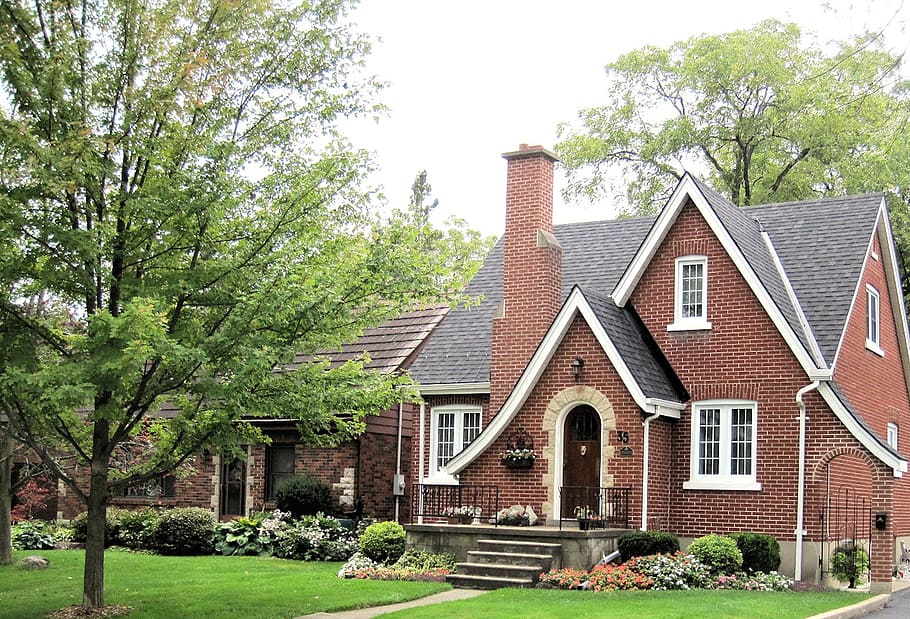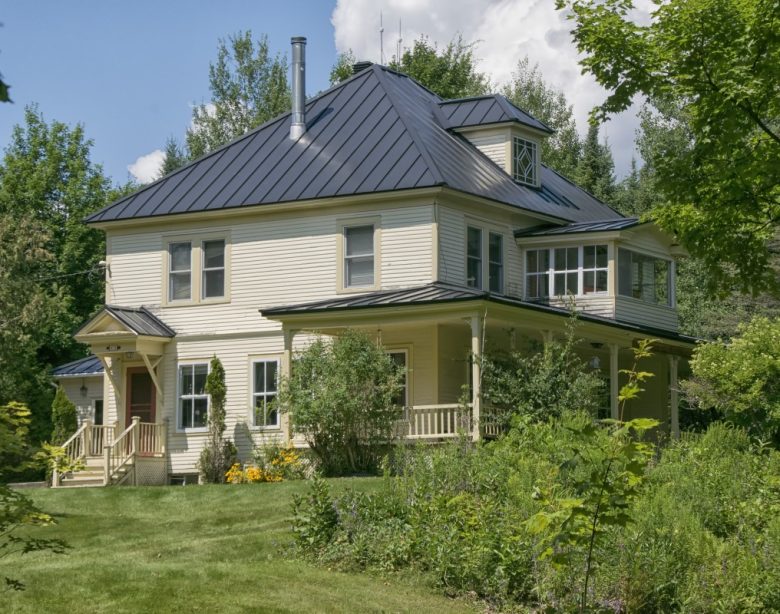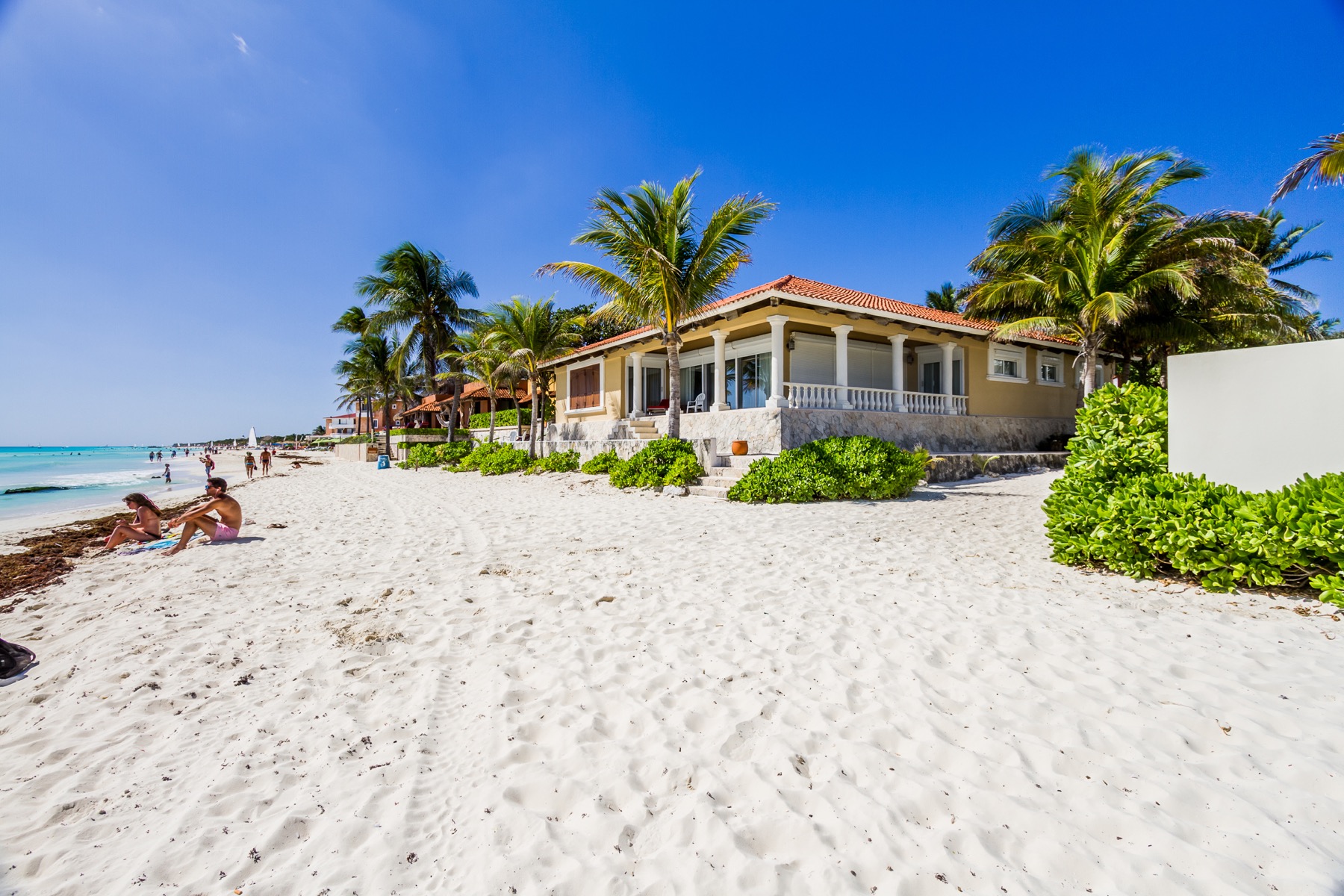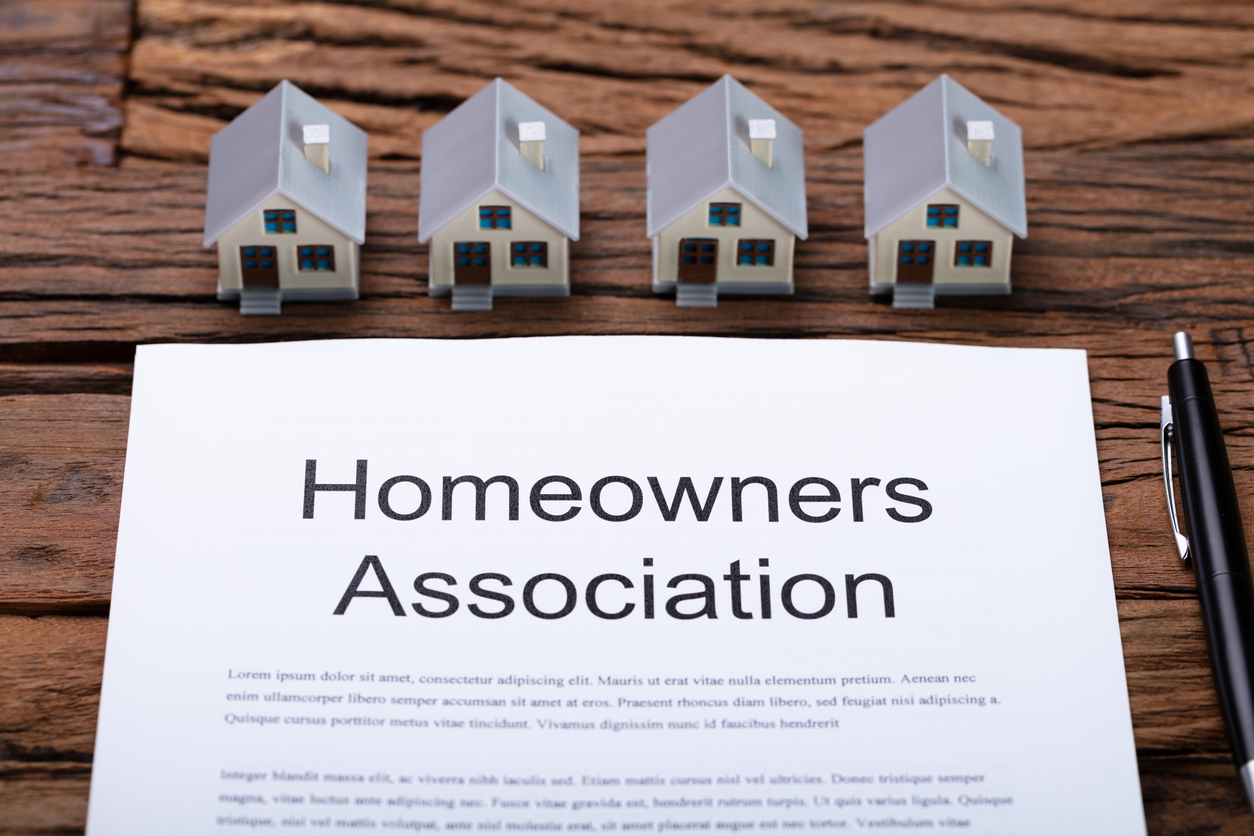Navigating Sustainable and Green Real Estate Practices in Canada: Your Guide to Embracing Eco-Friendly Living
Hello, conscious homeowners and eco-conscious dreamers! Are you ready to delve into the exciting realm of sustainable and green real estate practices that are reshaping the Canadian property landscape? Today, we’re taking a deep dive into the flourishing trend of eco-friendly real estate practices in the Great White North. From energy-efficient marvels to green certifications and transformative sustainable initiatives, we’re about to unlock the doors to a world of environmentally conscious living that’s as inviting as it is responsible.
Unveiling the Shift: The Rise of Eco-Friendly Real Estate Practices
Picture this: a world where your home not only provides shelter but also contributes to a healthier planet. That’s precisely the vision driving the surge of sustainable real estate practices across Canada. These practices champion energy efficiency, eco-friendly construction, and a mindful approach to development that nurtures both the residents and the environment.
Elevating the Standard: Energy-Efficient Buildings
At the heart of Canada’s sustainable real estate revolution are energy-efficient buildings that harmonize with nature. These structures are designed to consume less energy, leaving a smaller carbon footprint without compromising comfort. From robust insulation to state-of-the-art heating, ventilation, and cooling systems, energy-efficient buildings bring together innovation and sustainability for a brighter, greener future.
The Green Seal of Approval: Embracing Green Certifications
Curious about how to identify eco-friendly properties? Look no further than green certifications. These badges of honor highlight homes that meet stringent environmental standards. For instance, the LEED (Leadership in Energy and Environmental Design) certification rates buildings based on factors like water efficiency, indoor air quality, and sustainable materials. By choosing a certified home, you’re not just investing in a space; you’re investing in a greener lifestyle.
Pathways to Sustainability: Embracing Sustainable Development Initiatives
Sustainable development is more than a catchphrase; it’s a commitment to building communities that thrive while safeguarding the planet. Across Canada, cities are embracing transit-oriented developments, mixed-use spaces, and pedestrian-friendly neighborhoods. These initiatives reduce dependence on cars, encourage public transport, and foster a sense of community, creating urban spaces that are as ecologically sound as they are socially vibrant.
Transit-oriented developments, for example, are designed with convenient access to public transportation at their core. By encouraging residents to rely less on personal vehicles, these developments not only alleviate traffic congestion but also help decrease air pollution, ultimately contributing to cleaner air and a healthier environment. Mixed-use spaces, on the other hand, blend residential, commercial, and recreational areas within close proximity. This not only reduces the need for long commutes but also encourages a walkable lifestyle, promoting physical activity and reducing carbon emissions.
Pedestrian-friendly neighborhoods are yet another facet of sustainable development that’s gaining momentum. These areas prioritize walkability, cycling, and the use of green spaces, making it easier for residents to connect with their surroundings while decreasing their carbon footprint. The result is a more harmonious relationship between urban living and the natural world, fostering a sense of well-being among residents and enriching the overall quality of life.
The Ethical Investment: Balancing Affordability and Sustainability

As the demand for eco-friendly real estate practices grows, so does the importance of striking a balance between sustainability and affordability. While green initiatives often come with upfront costs, they are investments that pay off over time through reduced energy bills, increased property value, and improved living conditions. However, it’s crucial to ensure that sustainable housing remains accessible to a diverse range of individuals and families, preventing the emergence of an environmentally conscious real estate market that’s exclusive to a privileged few.
Government incentives, grants, and affordable housing policies play a pivotal role in making sustainable living attainable for a broader spectrum of society. By partnering with developers and offering incentives for energy-efficient upgrades, governments can encourage the adoption of eco-friendly practices across various socioeconomic levels. Additionally, public-private partnerships can lead to the creation of mixed-income sustainable housing developments that cater to different income brackets while adhering to green building standards.
A Future Rooted in Sustainability: Charting the Path Ahead
As we navigate the complex terrain of sustainable and green real estate practices in Canada, it’s evident that the trajectory of the property landscape is shifting towards a more environmentally conscious future. The amalgamation of innovative construction techniques, green certifications, and thoughtful development initiatives signifies a collective commitment to minimizing our ecological footprint while nurturing communities.
To fully embrace this eco-friendly journey, prospective homeowners can take a proactive approach. Researching green certifications, understanding energy-efficient technologies, and supporting policies that promote sustainability can empower individuals to make informed decisions that align with their values. By demanding transparency, advocating for sustainable practices, and considering the long-term impact of their choices, consumers can drive the real estate market towards a greener and more ethical direction.
The road to sustainable and green real estate practices in Canada is paved with potential. As the nation embraces eco-friendly living, it’s essential to remain vigilant about balancing the ecological benefits with affordability and accessibility. By fostering a collaborative spirit between individuals, developers, governments, and communities, we can construct a property landscape that not only reflects our aspirations but also preserves the planet for generations to come. So, whether you’re already an eco-conscious homeowner or an aspiring one, the realm of sustainable real estate welcomes you to be a part of its transformative journey.



